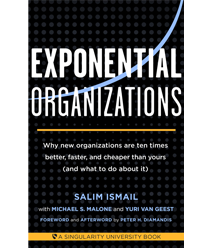Change is a constant, and leaders must do more than keep up–they must innovate and accelerate to succeed. Yet people are often unnerved by change. As a leader during a time of transformation, you may stand up before teams that are indifferent, or even hostile, and need to convince them that change is necessary and urgent. More than money, time, or resources, the ability to lead these people determines your ultimate success or failure. What does it take to be an effective change leader and increase the odds of success?
Stacking the Deck offers a proven, practical approach for inspiring meaningful, lasting change across an organization. Stacking the Deck presents a nine-step course of action leaders can follow from the first realization that change is needed through all the steps of implementation, including assembling the right team of close advisors and getting the word out to the wider group.
Based on Dave Pottruck’s experiences leading change as CEO of Charles Schwab and later as chairman of CorpU and HighTower Advisors, these steps provide a guide to ensure that your change initiative and your team have the best possible shot at success. In addition, established business leaders who have led extraordinary change initiatives demonstrate the steps in action. These executives include eBay CEO John Donahoe, Wells Fargo former CEO Dick Kovacevich, Starbucks chief executive officer Howard Schultz, San Francisco Giants CEO Larry Baer, JetBlue CEO Dave Barger, Asurion CEO Steve Ellis, Pinkberry CEO Ron Graves, and Intel’s President Renee James, among others.
Leading an organization through major change–whether it’s the introduction of a new product, an expansion to a new territory, or a difficult downsizing–is not for the faint of heart. While success is never guaranteed, the right leadership, process, and team make all the difference. For all leaders facing major change in their organizations, Stacking the Deck is an indispensable resource for putting the odds in your favor.











